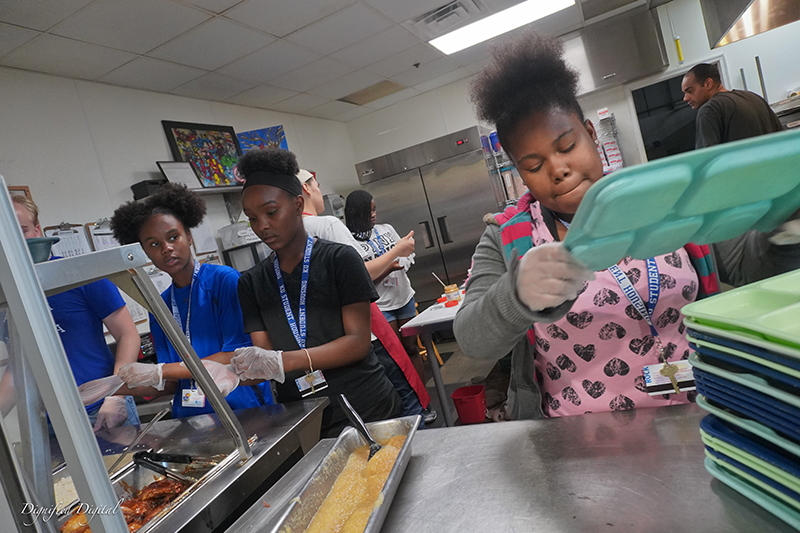CDC-Funded Research Project at KU to Evaluate Initiatives to Reduce Youth Violence in Kansas City Metro Area
With an aim to inform and develop local solutions to reduce community rates of youth violence nationwide, the Centers for Disease Control and Prevention has awarded the University of Kansas a grant to establish one of only five federally funded national centers of excellence on youth violence prevention.
The five-year award will provide $1.2 million annually through 2026 to fund the Youth Violence Prevention Research Center-Kansas City (YVPC-KC). It will be led by Jomella Watson-Thompson, director of the Center for Service Learning at KU, associate professor of applied behavioral science, and member of the KU Center for Community Health & Development at the KU Life Span Institute. Joining her on the project are Robert Winfield, M.D., director of trauma research at the KU School of Medicine, and Jerry Schultz, co-director, Center for Community Health and Development.

The new project will expand previous research led by Watson-Thompson in Kansas City, Kan., to include additional communities in the Kansas City metropolitan area. The center will evaluate and examine initiatives that address preventing youth violence and provide opportunities to systematically explore community-based strategies already underway, said Watson-Thompson.
“The YVPC-KC will help us examine our youth engagement strategies and hospital-violence prevention programs,” Watson-Thompson said. “Through community collaborations, we’re exploring how we ensure conditions in which young people – and those of us who work to support young people – can reduce risk factors for youth violence. What can we do to have more protective factors to decrease the likelihood that youth will engage in violence?”
The grant includes funding to explore community conditions including risk and protective factors for firearm-related hospital admissions and youth homicides.
“Trauma should be approached with a public health mentality,” Winfield said. “We need to look at it from the standpoint of disease and disease prevention. When we think about trauma, over half of trauma deaths occur at the scene so those patients never have an opportunity to make it to a trauma center. Prevention is key.”
The CDC notes that Black and Hispanic/Latinx youth experience disparities in violence nationally and in the Kansas City metro area. Youth homicide is the second leading cause of death for individuals 15 to 24 years nationally, and the leading cause of death for Black youth in this age group.
Addressing youth violence starts with increasing protection and reducing risk, Watson-Thompson said. The new project will build on comprehensive youth violence prevention research conducted through another federally funded project she has led for the past five years, Together Helping Reduce Youth Violence for Equity, or ThrYve. ThrYve is a collaboration with Kansas City, Kansas youth, hospitals, schools, and community organizations.
Since its inception, ThrYve has worked with more than 40 community partners in Kansas City, Kan., to address challenges contributing to youth violence and a range of other issues. It includes initiatives such as a collaboration that provides support to young victims of violence treated through The University of Kansas Health System.
ThrYve is based on five components across community involvement and support: a system advisory board; youth violence prevention programs; out of school and in-school support programs; education, college and career readiness; and helping youth and families navigate systems and support.
The best approach to reducing youth violence looks at multiple levels of an entire system of prevention and supports, Watson-Thompson said.
“I often say that life doesn’t happen one problem at a time for any of us,” she said. “So, we need to find the ways we can we provide the supports to help our young people to navigate: to support both their goals and address some of the challenges, especially as they transition to adulthood.”
Image: ThrYve out-of-school programs include camps and activities focused on careers, leadership and science, technology, Engineering, Arts and Medicine (STEAM). Photo provided by Jomella Watson-Thompson/ThrYve.
Related: New federally-funded project builds on research to reduce youth violence